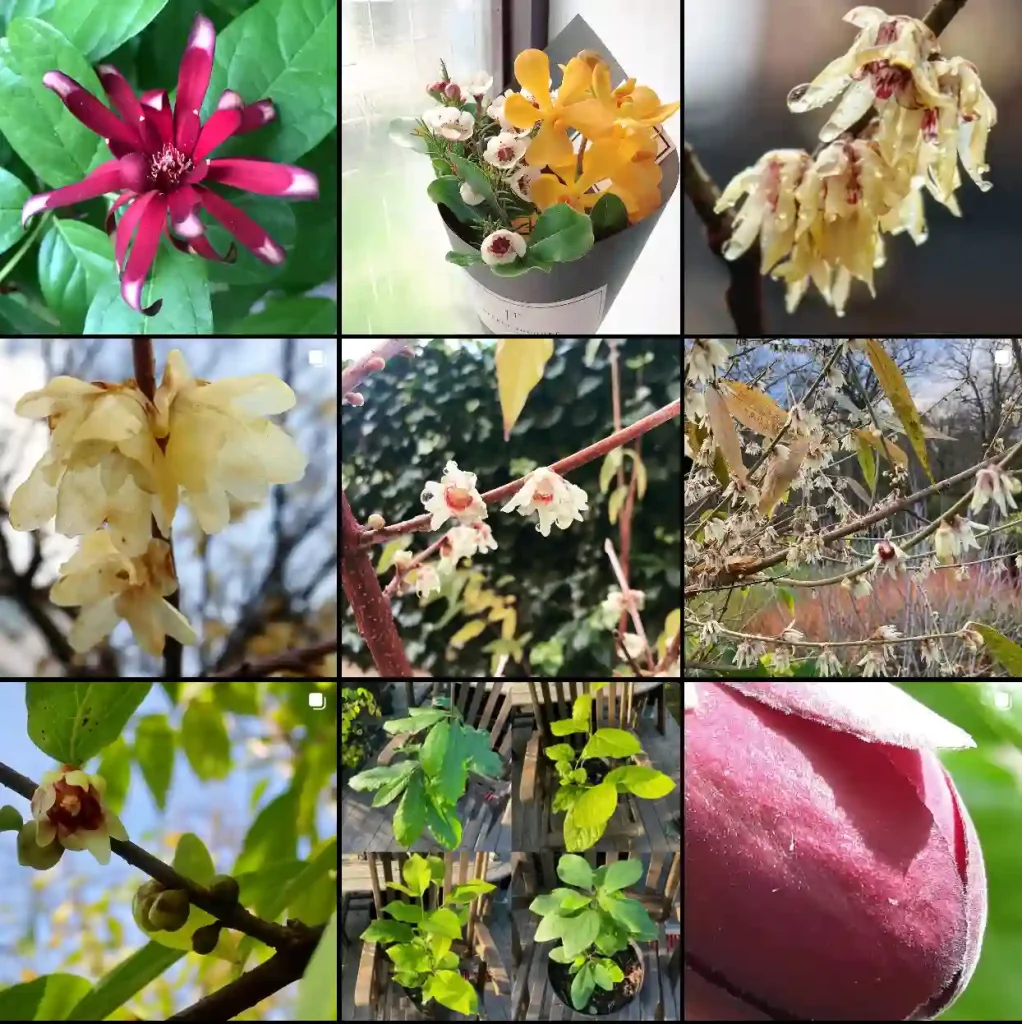
The Allure of the Tiger Bark Ficus: A Bonsai Journey
The moment I saw it, I knew I had to have it. A Tiger Bark Ficus, its magnificent presence filling the corner of a local nursery, captivated me. The bark, a stunning tapestry of brown and white stripes that mirrored a tiger’s fur, housed a canopy of rich green leaves. It was a miniature jungle condensed into a pot, a testament to the art of bonsai.
This wasn’t just any houseplant. This was a living sculpture, a conversation starter, and a gateway to a world of meticulous care and artistic expression. Over the years, my Tiger Bark Ficus has become a cherished companion, a silent witness to life’s unfolding chapters.
880 Species in Genus Ficus
What is a Tiger Bark Ficus?
The Tiger Bark Ficus, a cultivar of the Ficus microcarpa (commonly known as the Chinese Banyan), is a bonsai enthusiast’s dream. This tropical wonder boasts thick, aerial roots that can be trained to cascade dramatically, adding a touch of whimsy to its already captivating form. The star of the show, however, is undoubtedly the bark. As the tree matures, the outer layer sheds, revealing a stunning display of brown and white markings that resemble a tiger’s stripes. Hence the apt name, Tiger Bark Ficus.
Tiger Bark Ficus vs Ginseng Ficus
| Aspect | Tiger Bark Ficus | Ginseng Ficus |
|---|---|---|
| Appearance | I love the intricate bark patterns of Tiger Bark. | The thick, bulbous roots of Ginseng Ficus are unique and eye-catching. |
| Growth Habit | It grows more upright, which fits my space better. | Its bonsai-like shape gives a whimsical touch to my collection. |
| Maintenance | I find it relatively easy to care for. | It’s low-maintenance, which suits my busy lifestyle perfectly. |
| Aesthetic Appeal | The textured bark adds a lot of character. | Its unusual root structure always draws compliments. |
How to Care for Your Tiger Bark Ficus?
While undeniably beautiful, the Tiger Bark Ficus isn’t a hands-off houseplant. Thriving in a sunny spot with well-draining soil, it requires consistent moisture – not soggy, but not bone dry either. Learning to read the subtle cues of your tree is key. Drooping leaves might signal thirst, while new growth indicates it’s content. Regular misting can be beneficial, especially in dry climates, mimicking its tropical origins.
Fertilization during the growing season (usually spring and summer) provides essential nutrients for healthy growth. Remember, a little goes a long way – overdoing it can harm the roots. Like any bonsai, pruning and wiring are essential techniques for shaping and maintaining the desired form. These practices require patience and a delicate touch, but the rewards are a miniature masterpiece that reflects your artistic vision.
The Journey of Propagation: Creating New Tiger Bark Ficus
The beauty of bonsai is the ability to propagate new trees from your existing one. Tiger Bark Ficus can be propagated through air layering or stem cuttings. Air layering involves partially removing a section of bark and encouraging root growth around the exposed area before severing it from the parent tree. Stem cuttings, on the other hand, involve taking a healthy shoot, treating the cut end with rooting hormone, and planting it in a well-draining medium. Both methods require patience and a keen eye for detail, but the satisfaction of nurturing a new Tiger Bark Ficus from scratch is unparalleled.
Where to Buy Large Tiger Bark Ficus?
Finding a mature Tiger Bark Ficus can be a challenge, but the hunt is part of the thrill. Local bonsai nurseries are a good starting point, offering a curated selection of pre-bonsai or established trees. Online retailers specializing in bonsai often have a wider variety, but be sure to choose a reputable seller with a proven track record.
Remember, a larger Tiger Bark Ficus represents a significant investment, both financially and in terms of time and care. Do your research, ask questions, and choose a tree that resonates with you.
Beyond the Pot: Pairing Your Tiger Bark Ficus
The Tiger Bark Ficus, with its bold personality, can hold its own as a standalone statement piece. However, it can also be stunning when paired with complementary elements. A well-chosen pot that complements the bark’s color scheme enhances the overall aesthetic. Bonsai companions, like moss or miniature ferns planted at the base, add a touch of realism and create a miniature ecosystem.
Ultimately, the possibilities are endless. Let your creativity guide you, and transform your Tiger Bark Ficus into a centerpiece that reflects your unique style.
The Enduring Allure
The Tiger Bark Ficus is more than just a houseplant; it’s a journey of discovery, a commitment to artistry, and a connection to nature in miniature. As you care for your tree, witness its transformation, and nurture its growth, you’ll cultivate not just a bonsai but also a deep appreciation for the delicate balance between nature and human intervention.
If i die, water my plants!



